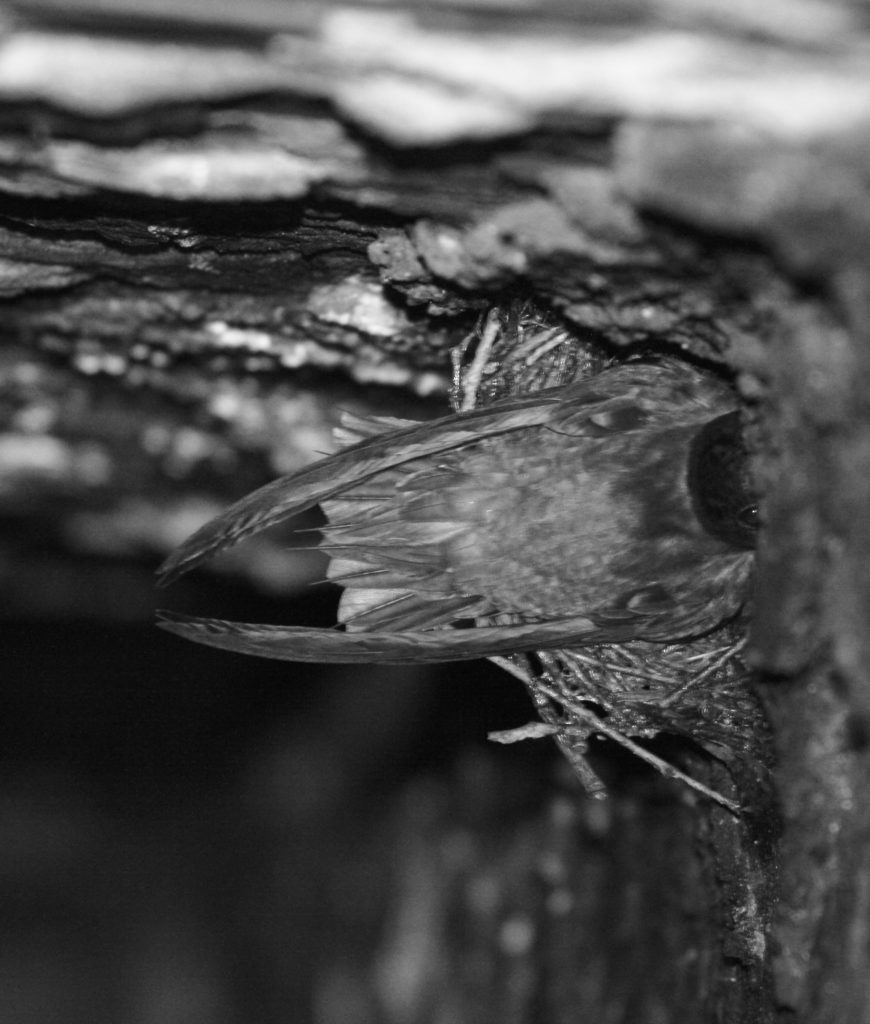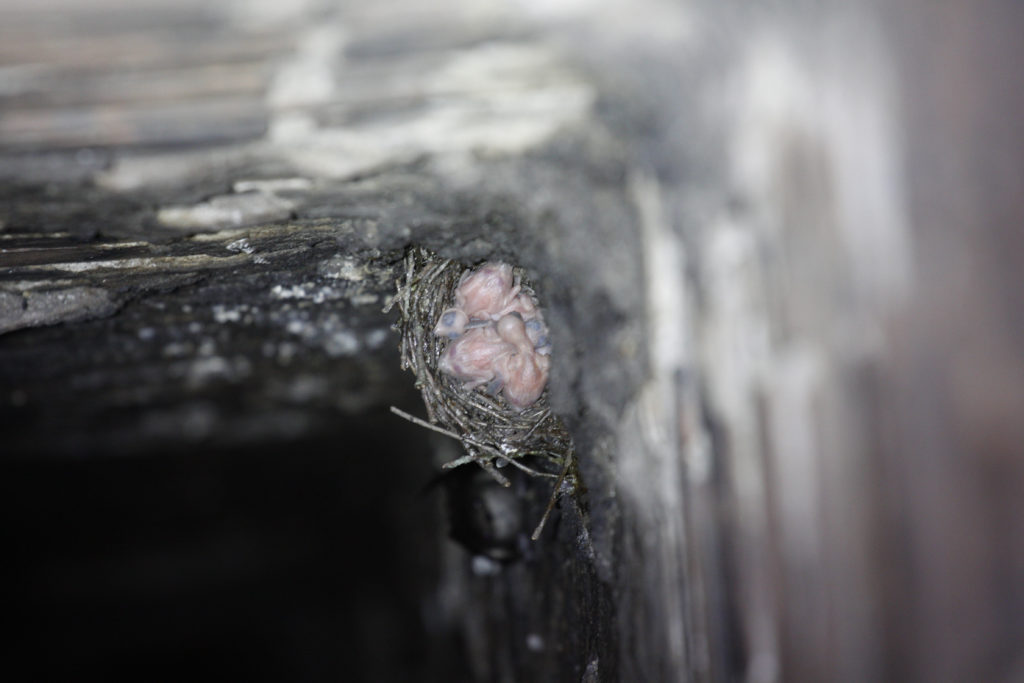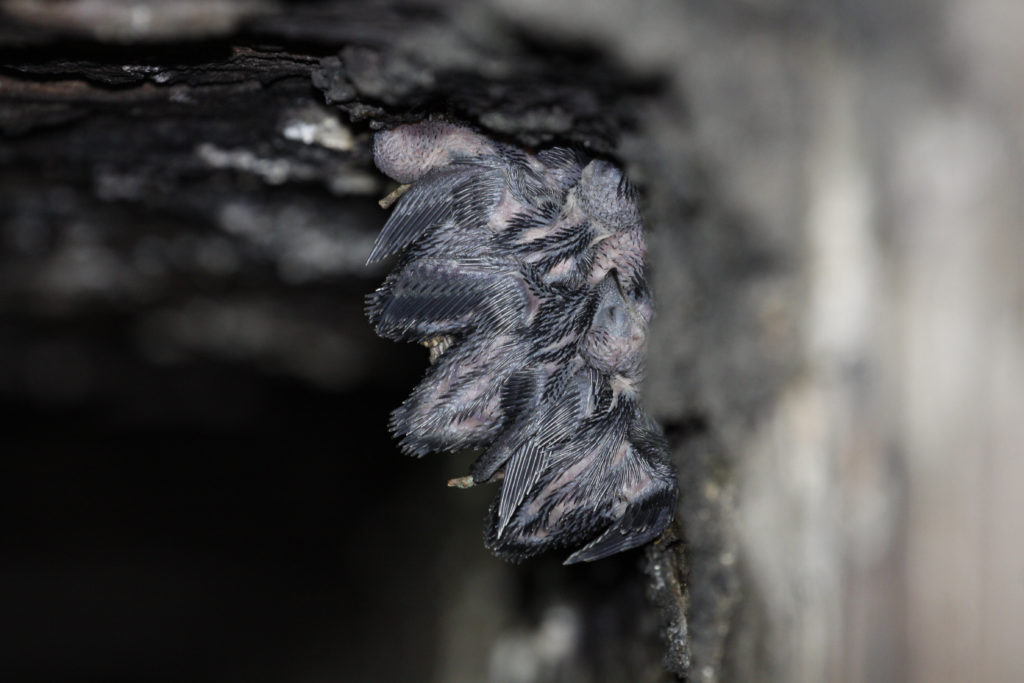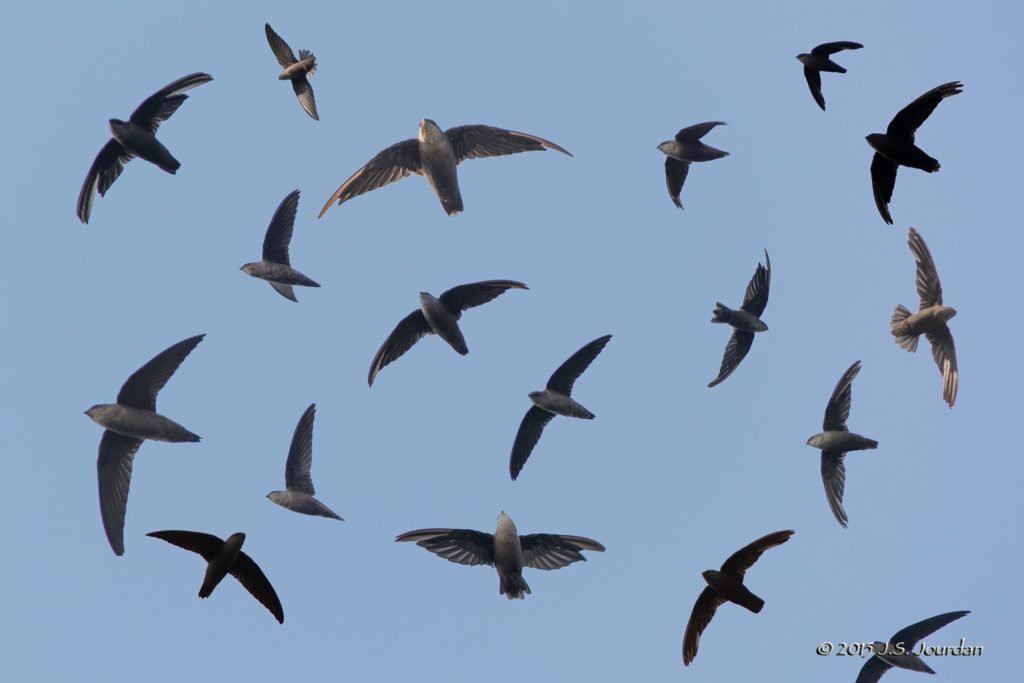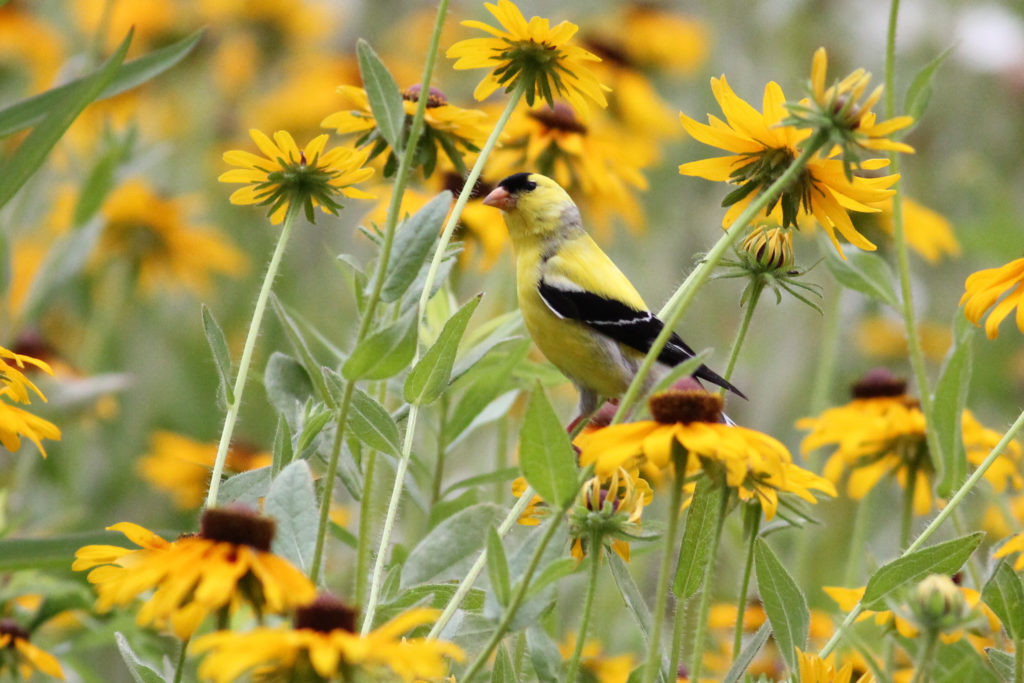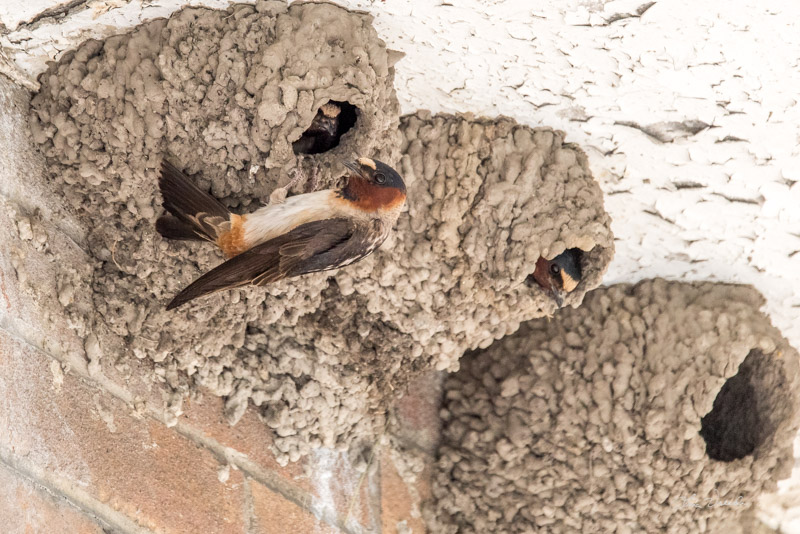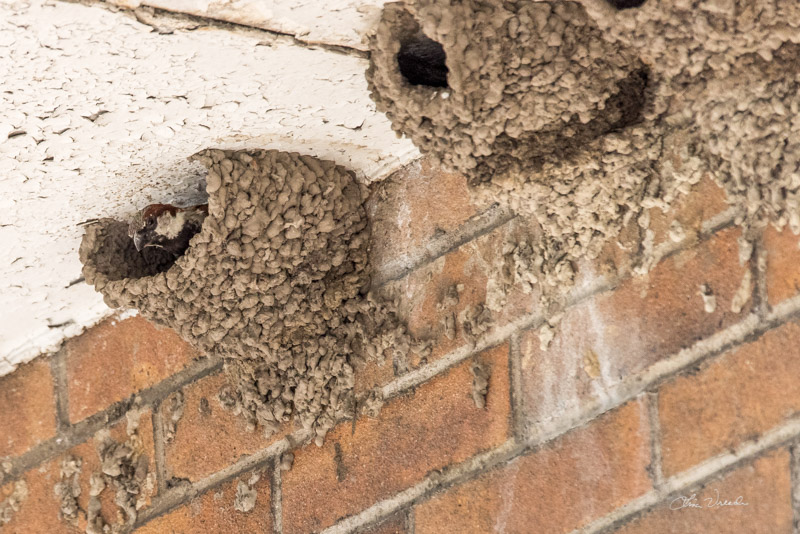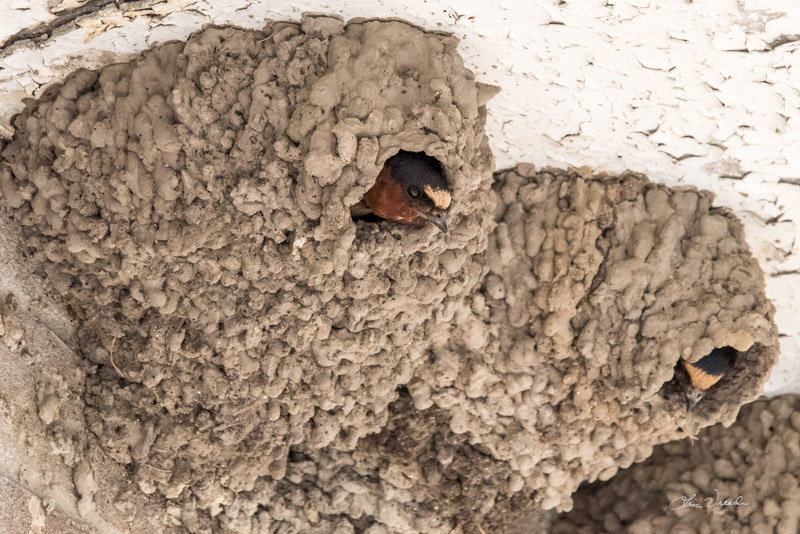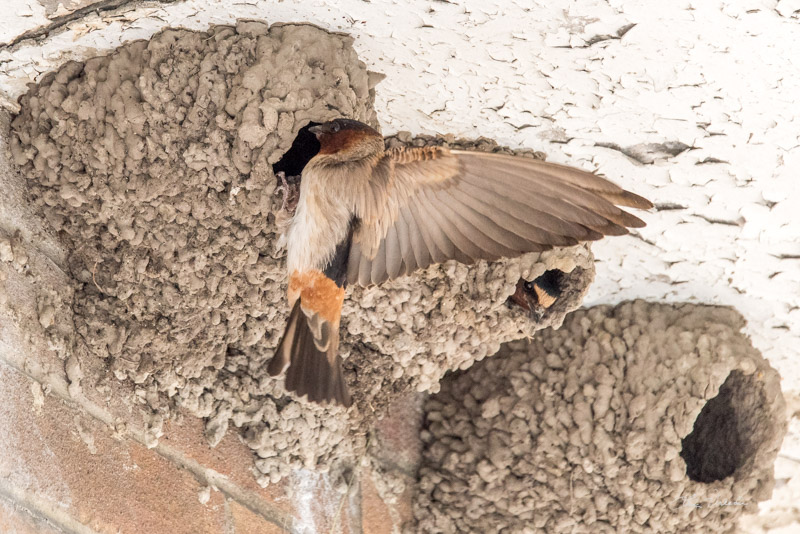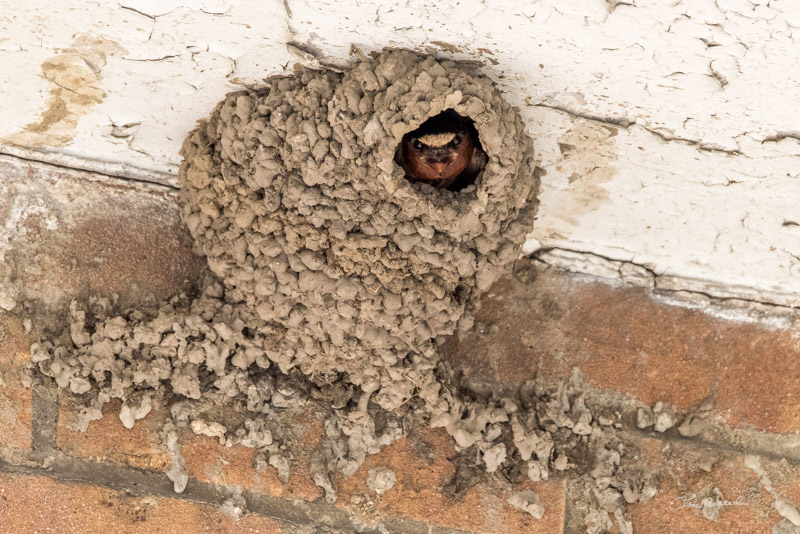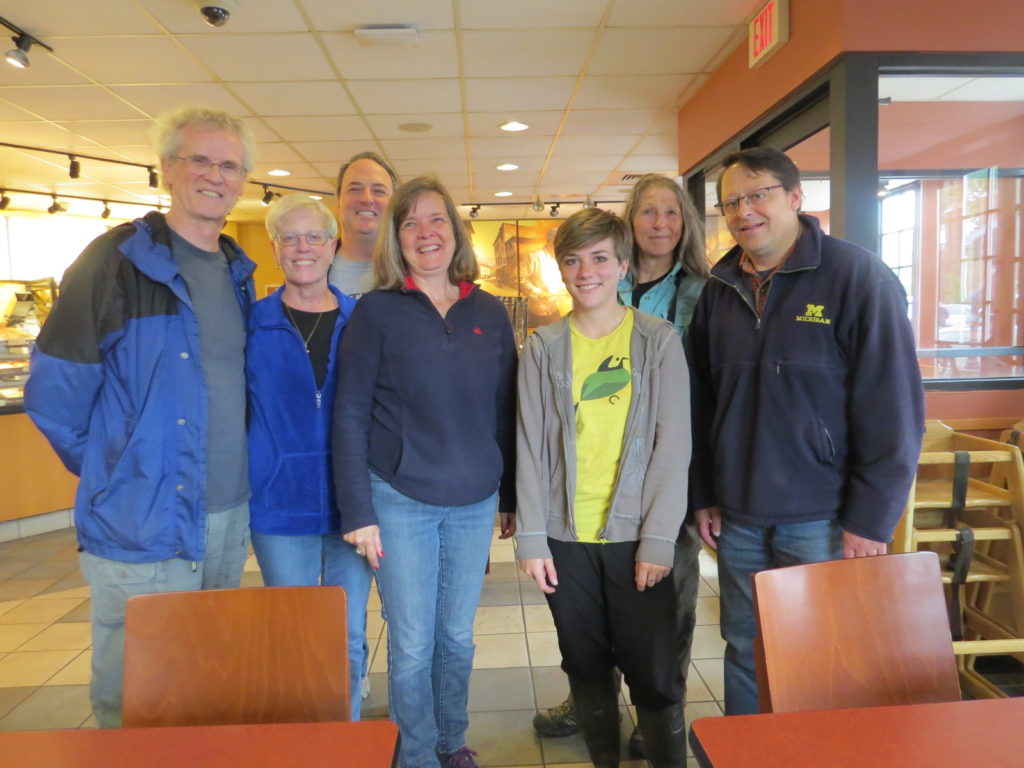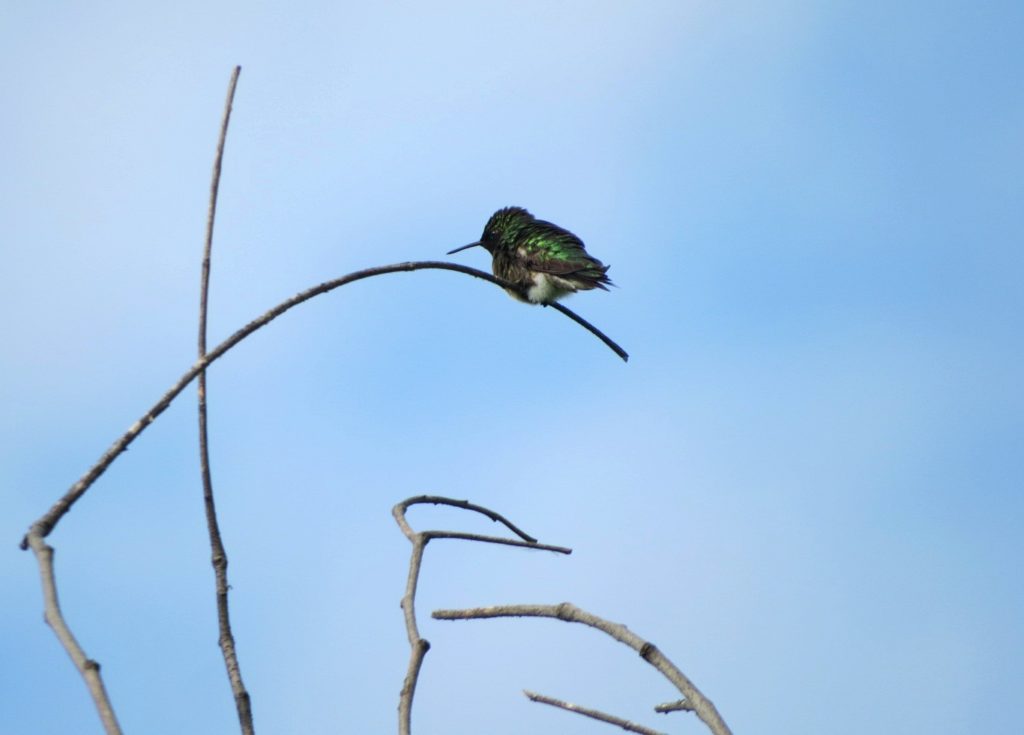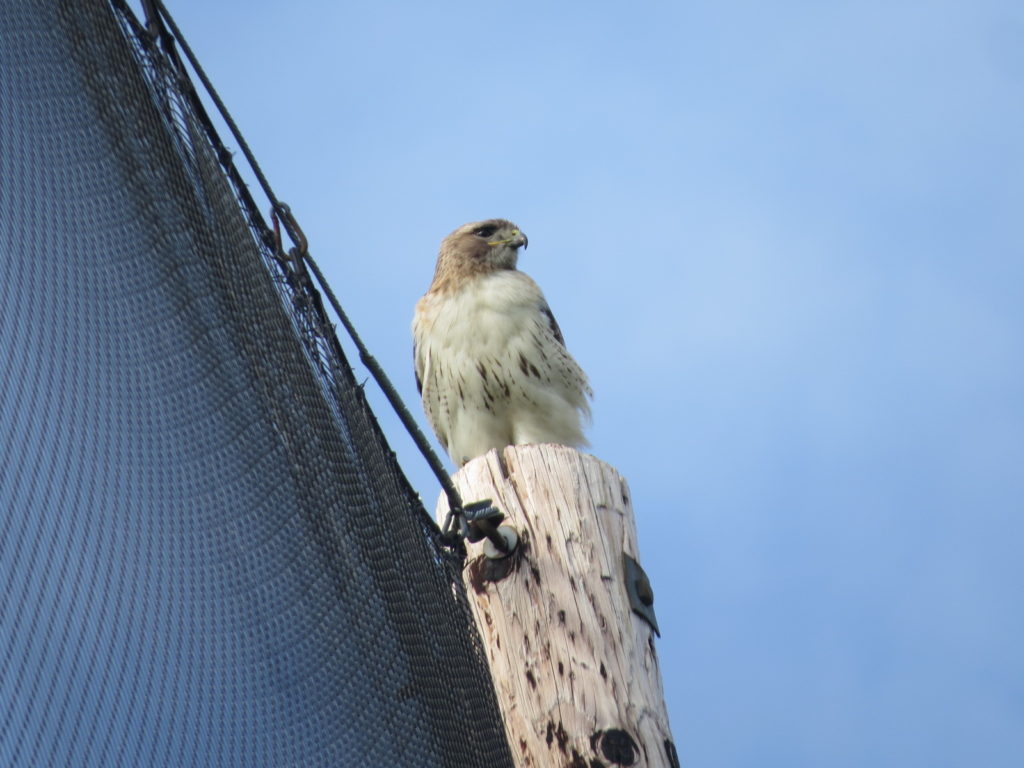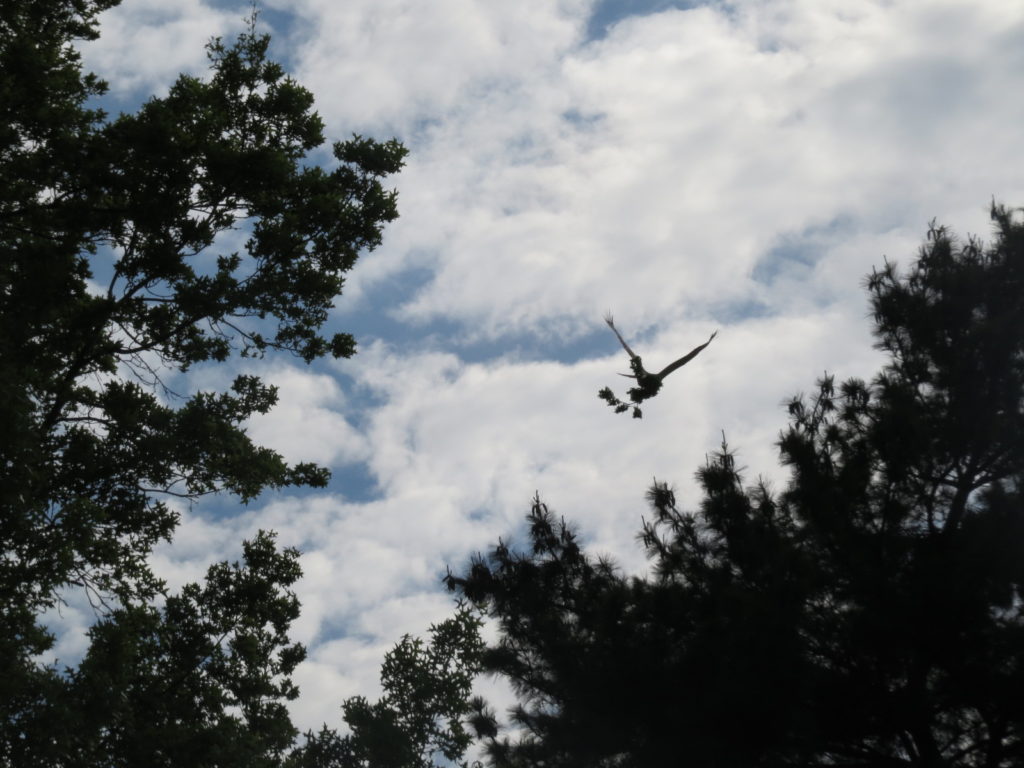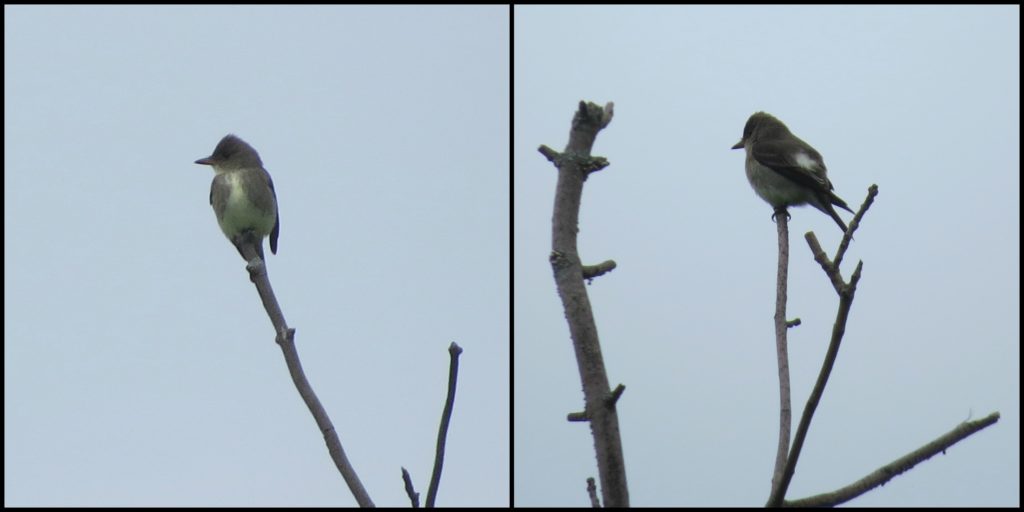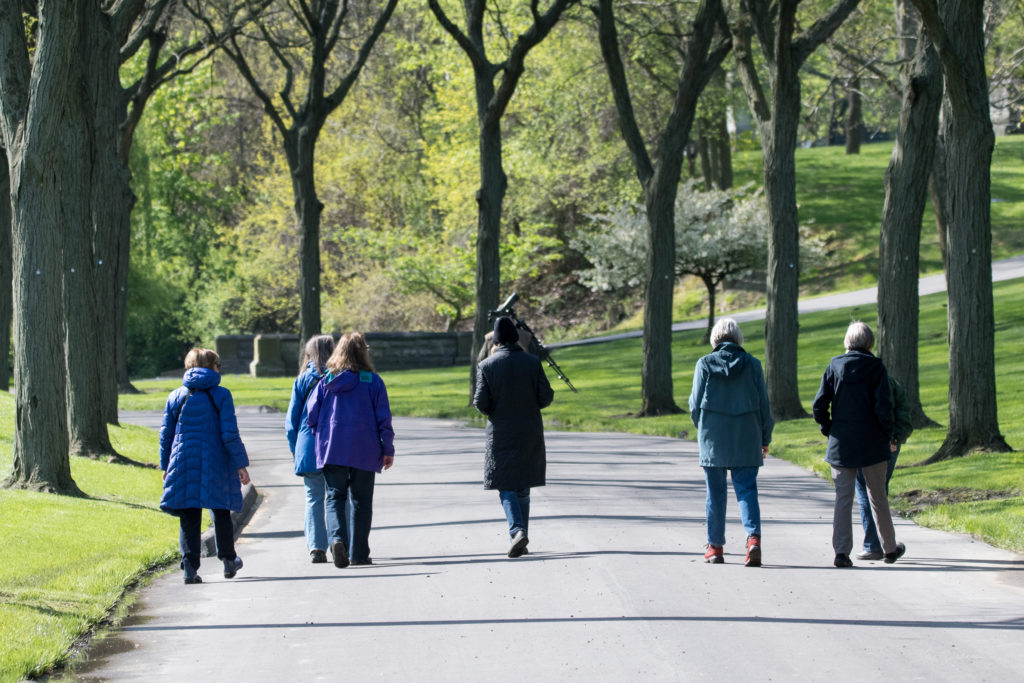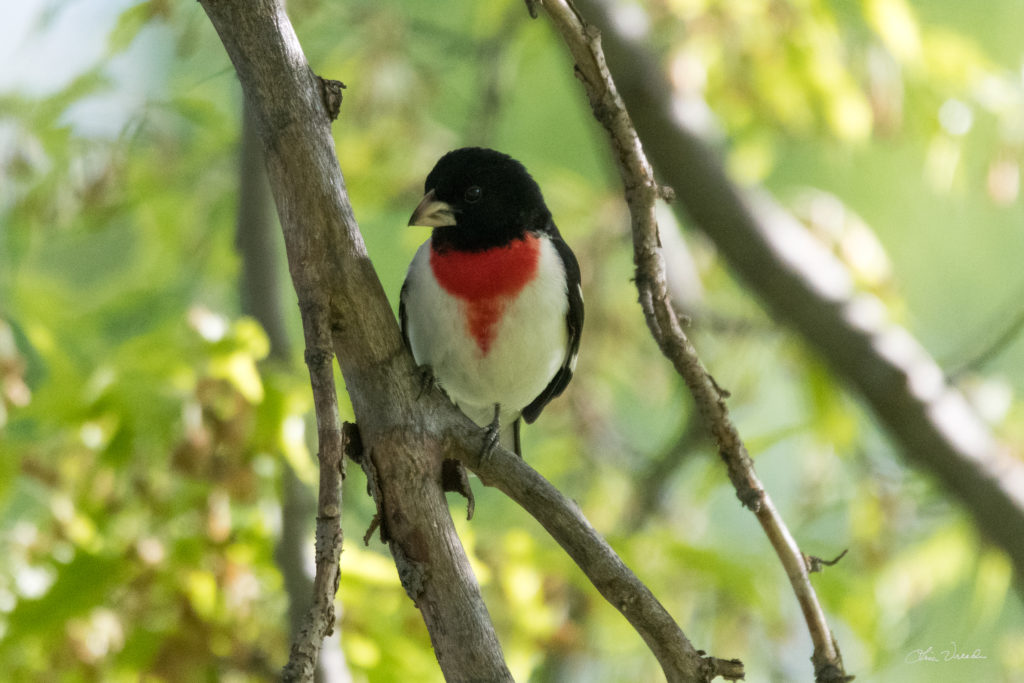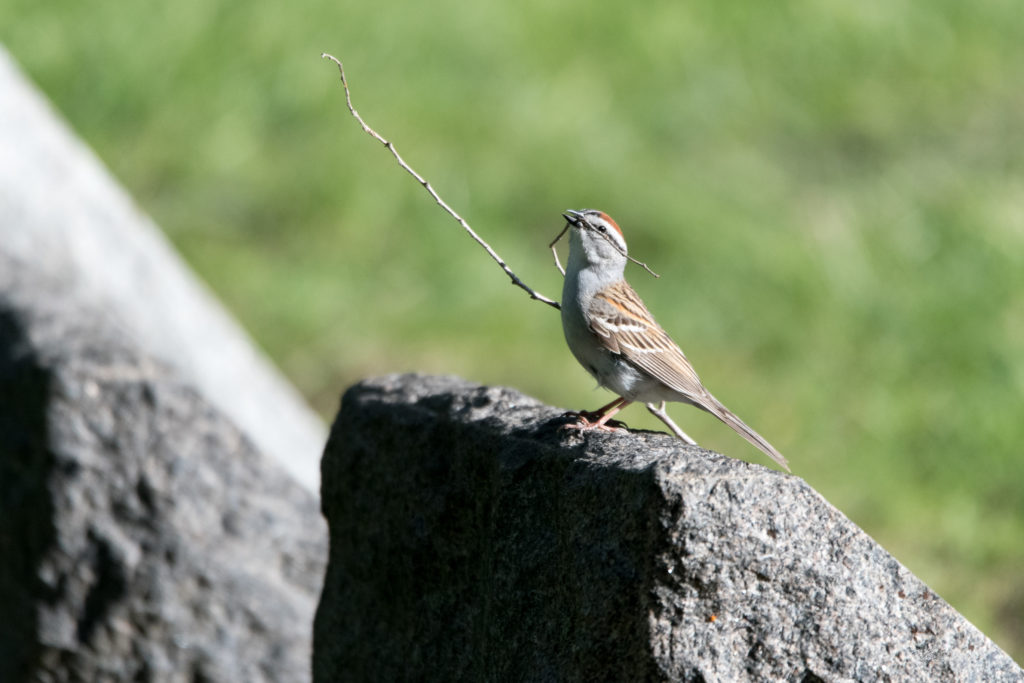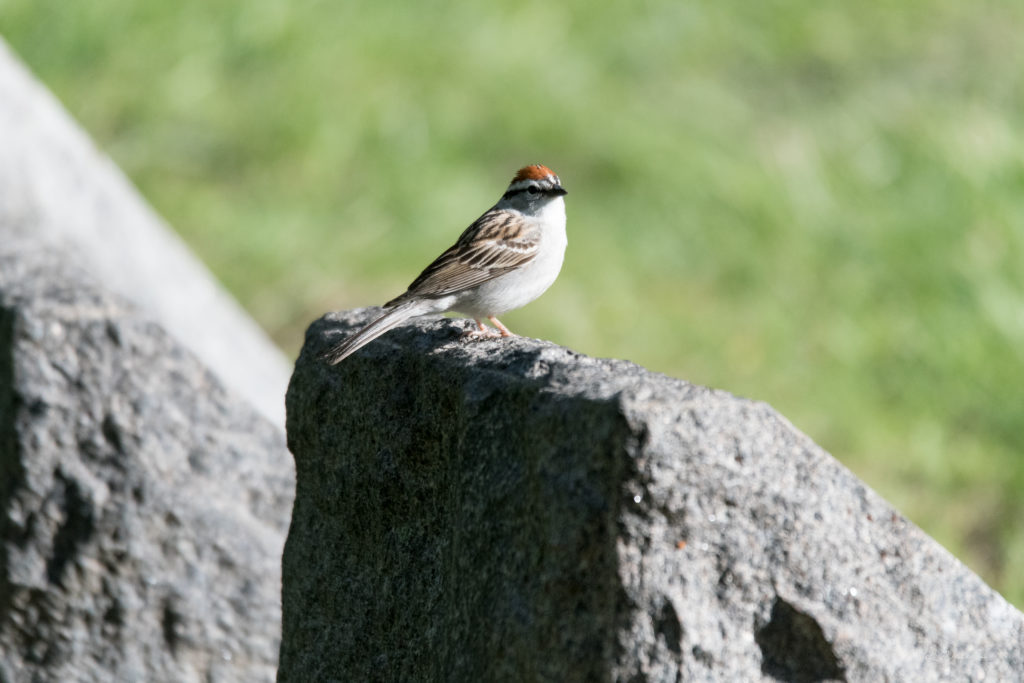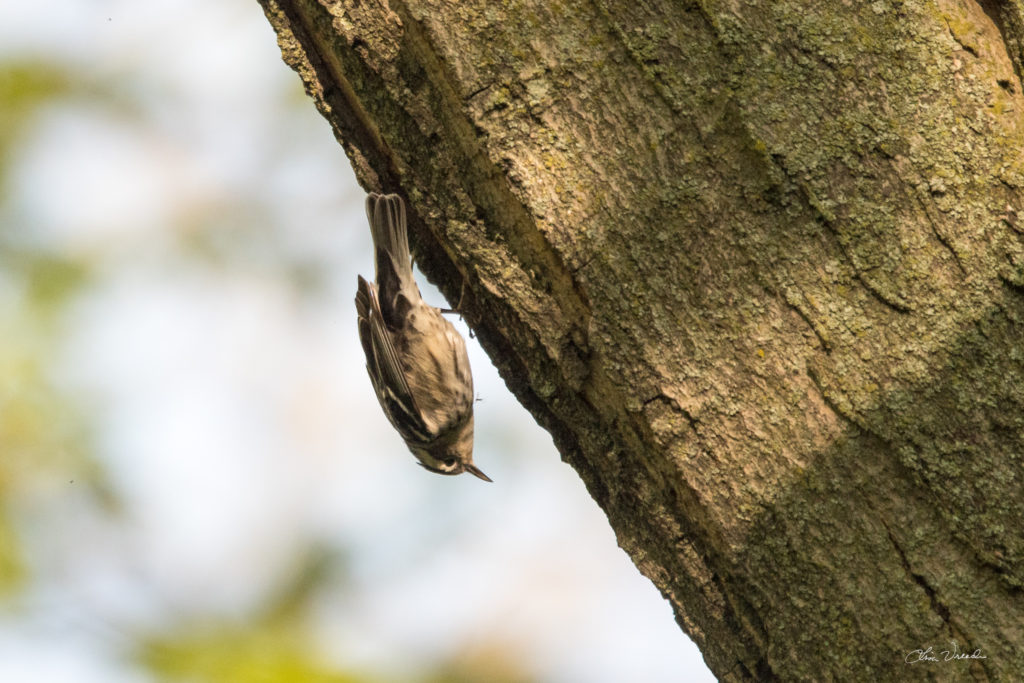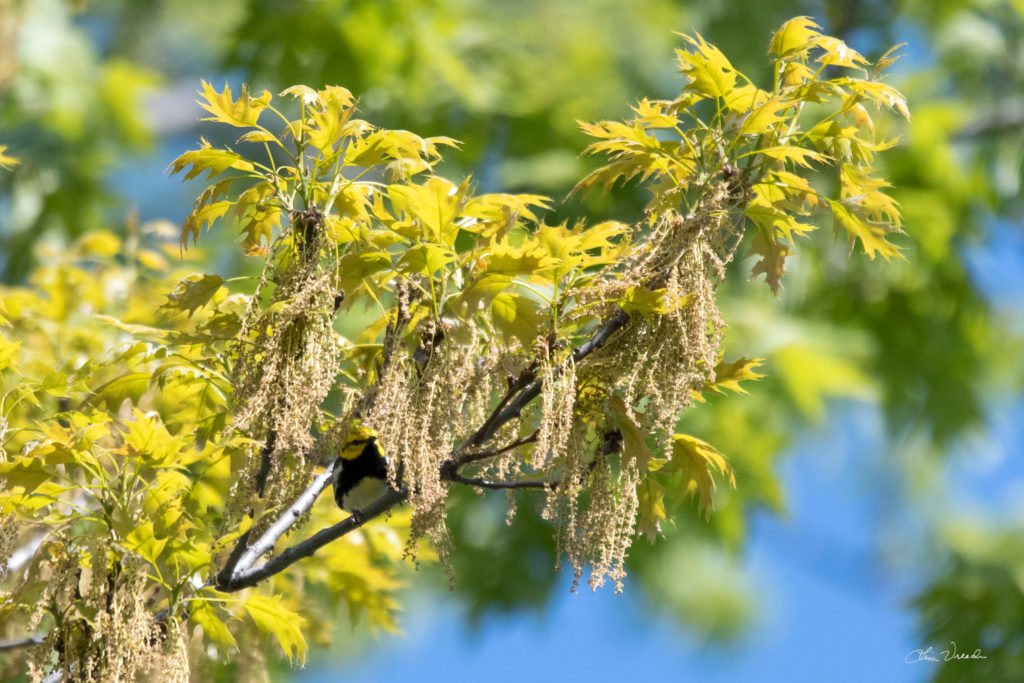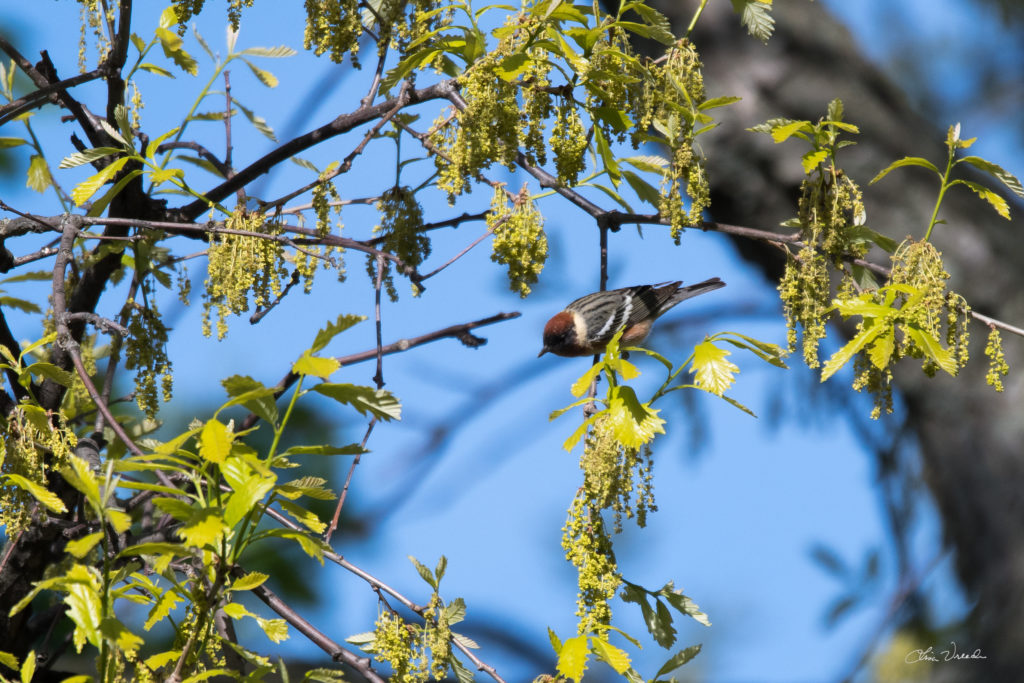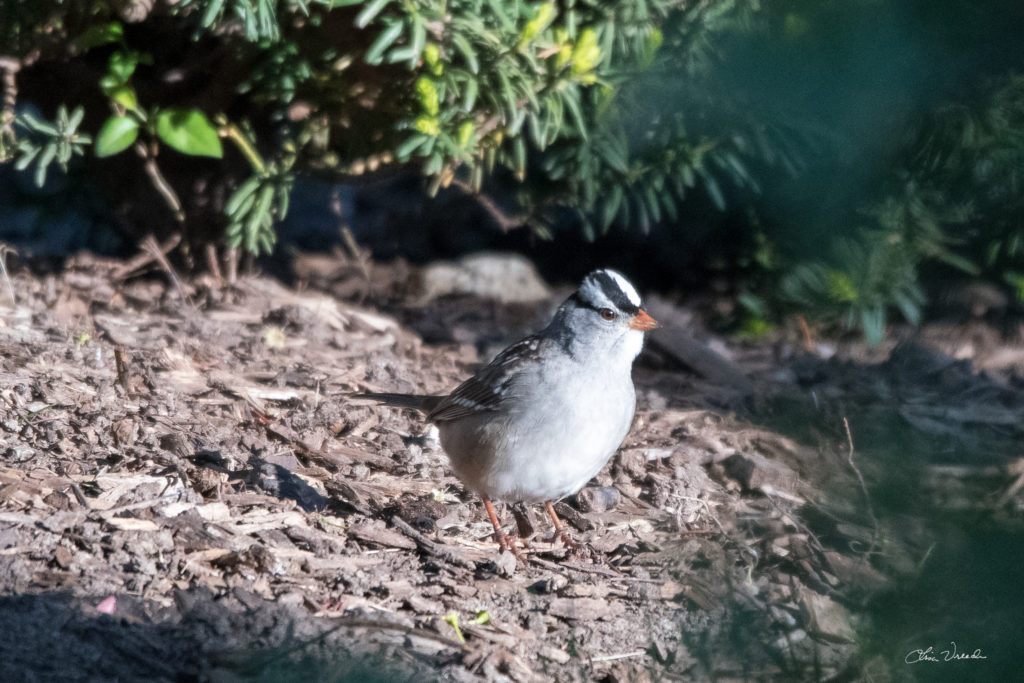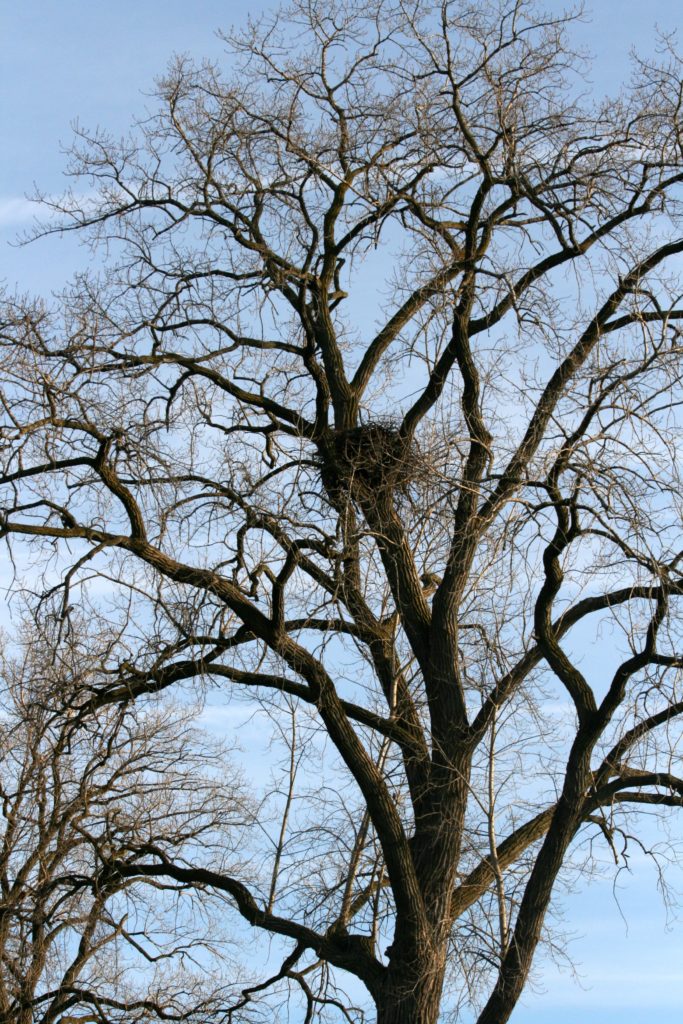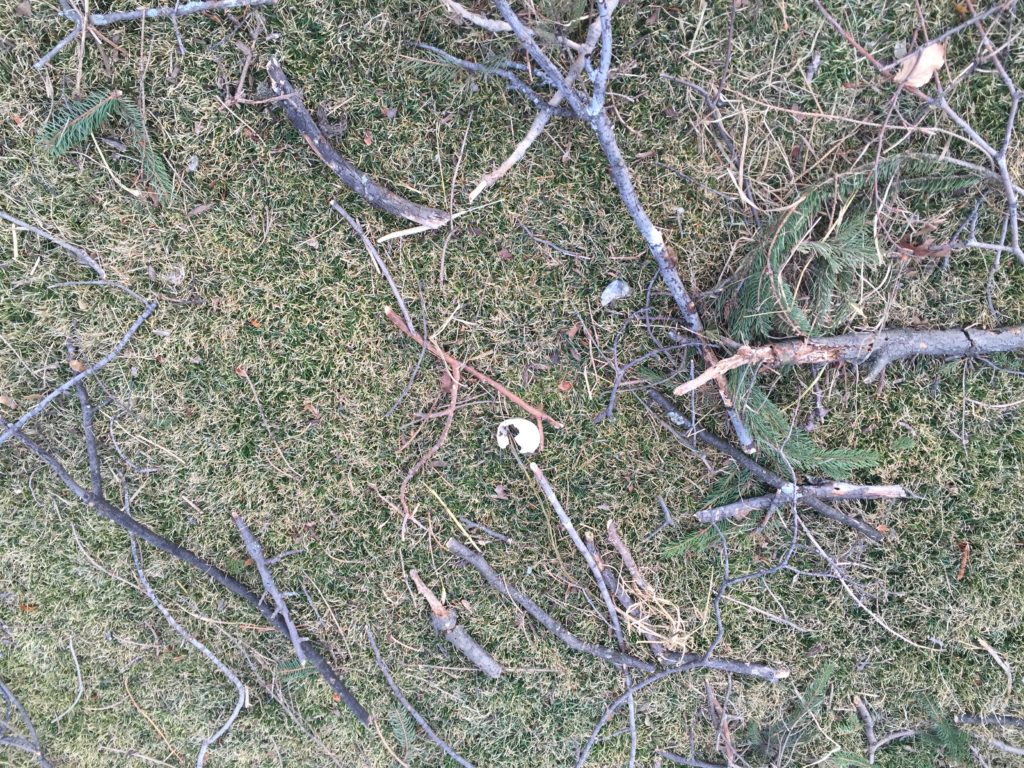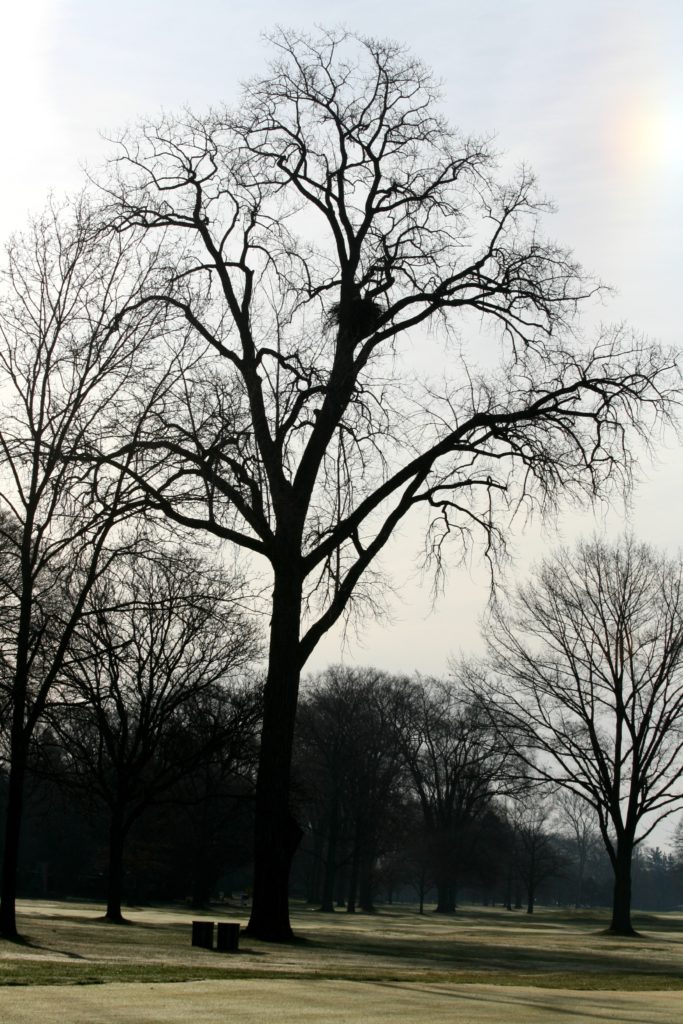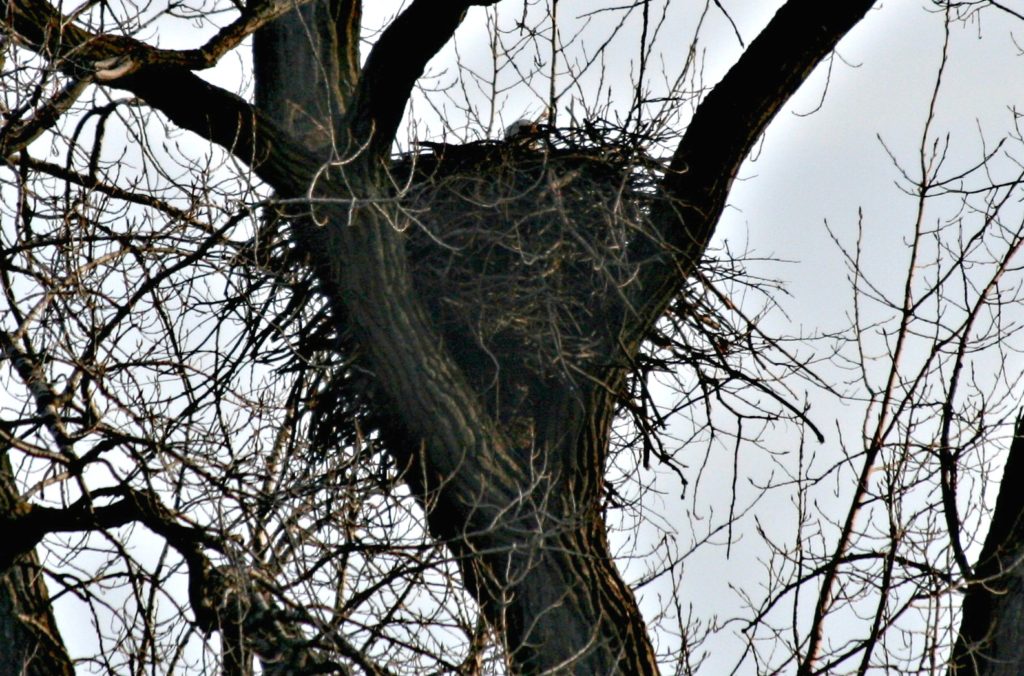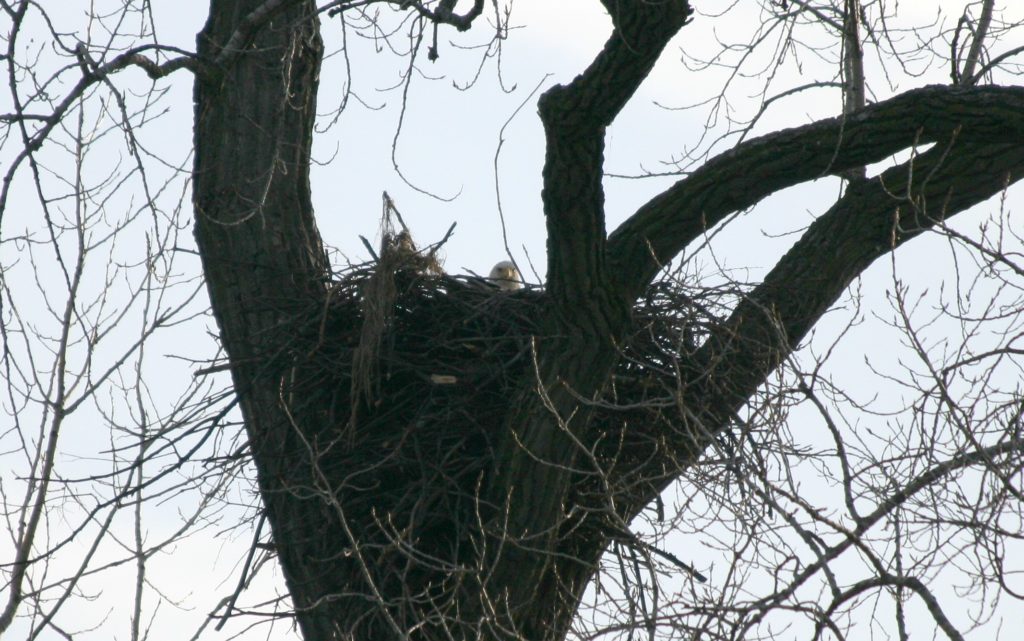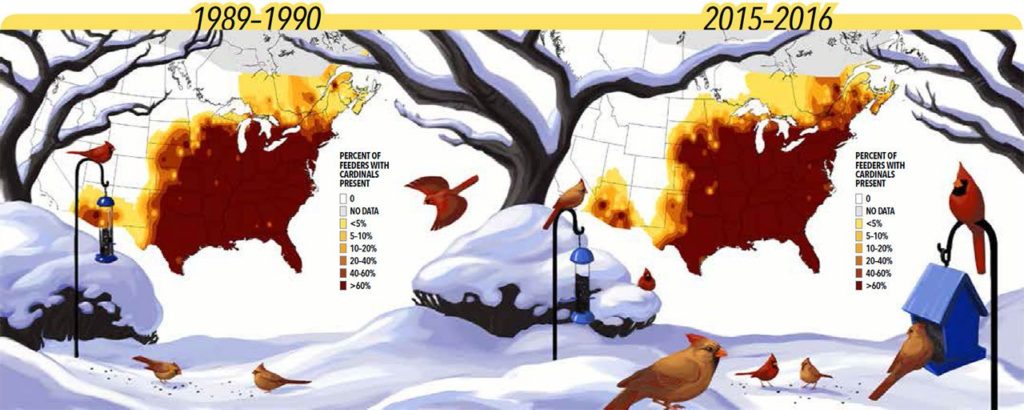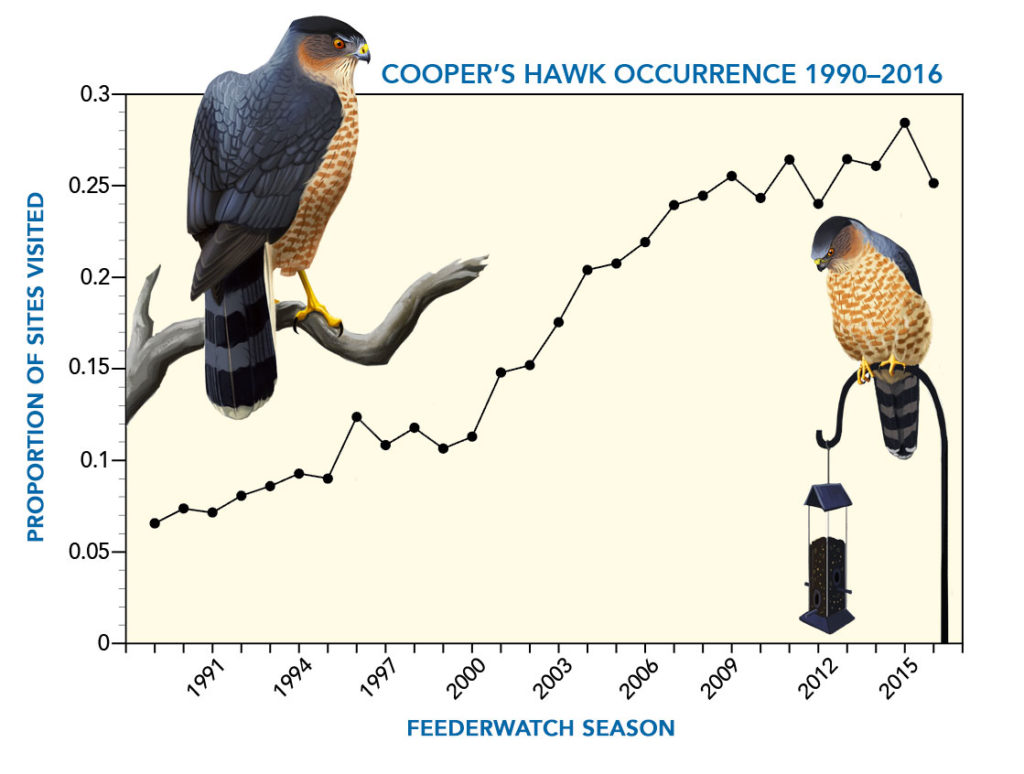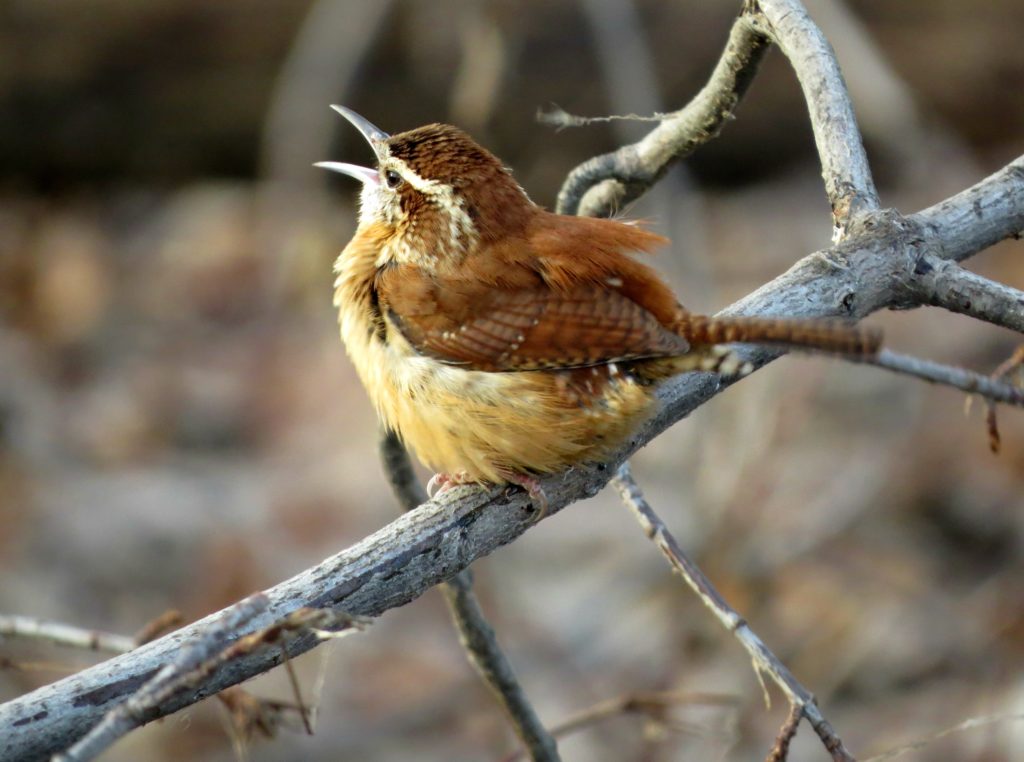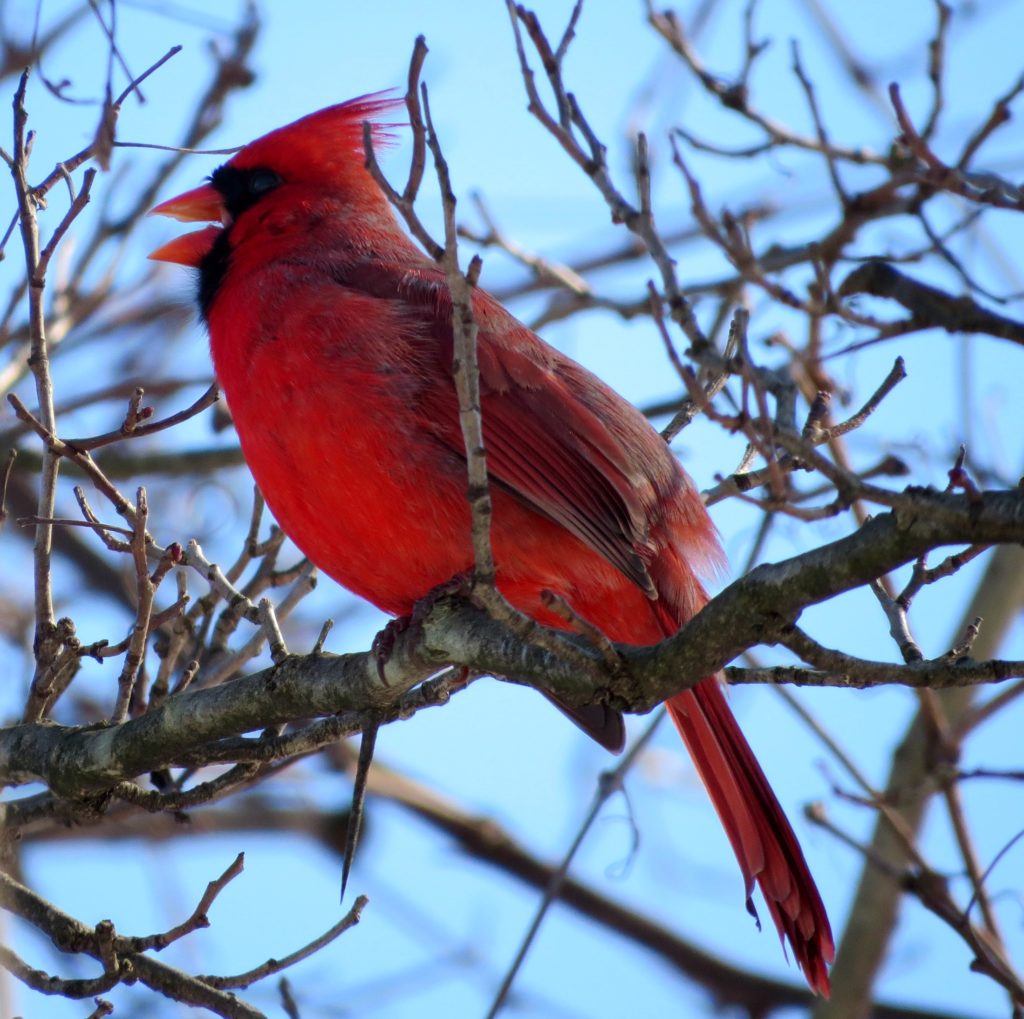Who would have imagined, a Bird Walk at Elmwood Cemetery on September 20th with 80 degree temperatures!? Despite the unusual warmth, our crowd of 15 had a delightful time walking around this historic cemetery – and Detroit’s only certified Arboretum.
We love our hostess, Joanie Capuano, who fills in the blank on the history of the “who’s who” in the cemetery and what certain headstones mean, and is as engaged in the birds as everyone else.
The flycatchers were high in the trees and, with the size of the trees here, that’s way up! Through the scope we were able to identify Great-crested Flycatcher – the rest we chalked up to “flycatcher species”, as they can all look extremely similar. American Robins were in abundance all over the cemetery. The fruit crops here are ideal for them and they were gorging themselves on this energy rich sustenance, perfect fuel for the migration ahead.

Our view of warblers and other small birds was in a backlit, dead tree. The scope came in handy again as we then had enough light to enable us to see the coloration on the Yellow-rumped Warblers, American Redstart and American Goldfinches that were preening in the late sun.
We expected Chimney Swifts and were not disappointed as they flew overhead in steady numbers. What we didn’t expect, and brought much excitement, was a Red-headed Woodpecker. The unmistakable black and white in flight had me calling out the birds’ name. It then very cooperatively hung out on a silver maple, perfectly poised for most to see through their binoculars and in the telescope as well. The stunning beauty of their crimson head colors never fails to delight me. We were all excited about this rare find.

As we were walking our final stretch, the antics of a Belted Kingfisher entertained us. He flew back and forth across the pond, rattling as he flew. Many times he perched long enough for us to view him through the telescope, commenting about his crazy head feathers.
We relaxed after the walk, tallying up our species and looking through the field guide to expand upon our experience. A lovely time was had by all!
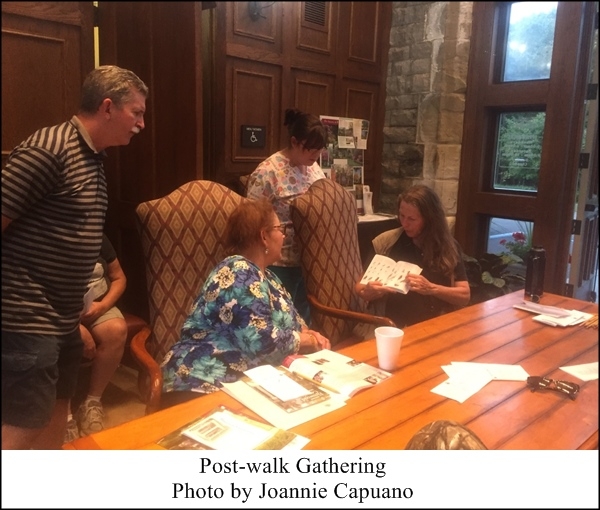
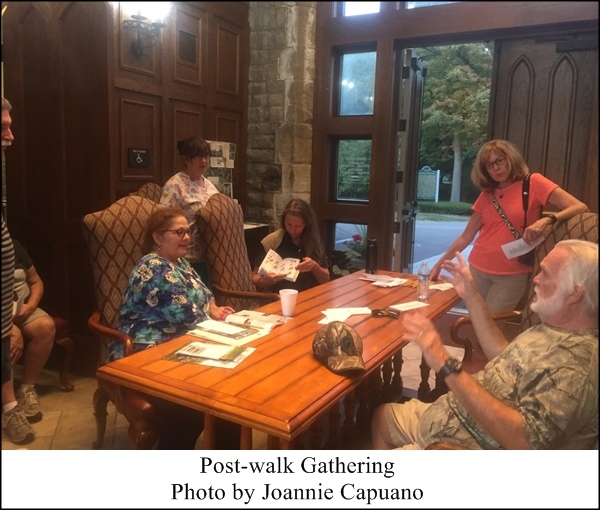
Much thanks to Joanie Capuano for hosting us and to Jim Szelc for co-leading and carrying the scope, a worth-while effort and much appreciated.
Rosann Kovalcik, Owner
Wild Birds Unlimited, Grosse Pointe Woods
Species seen at Elmwood Cemetery on September 20, 2017 – 20 Species
Canada Goose
Ring-billed Gull
Mourning Dove
Common Nighthawk
Chimney Swift
Belted Kingfisher
Red-headed Woodpecker
Red-bellied Woodpecker
Downy Woodpecker
Great-crested Flycatcher
Blue Jay
Black-capped Chickadee
American Robin
European Starling
Yellow-rumped Warbler
American Redstart
Chipping Sparrow
Rose-breasted Grosbeak
American Goldfinch
House Sparrow
Have you joined our email list? Click here to sign up, it’s free and gives you access to sales, coupons, nature news, events, and more!

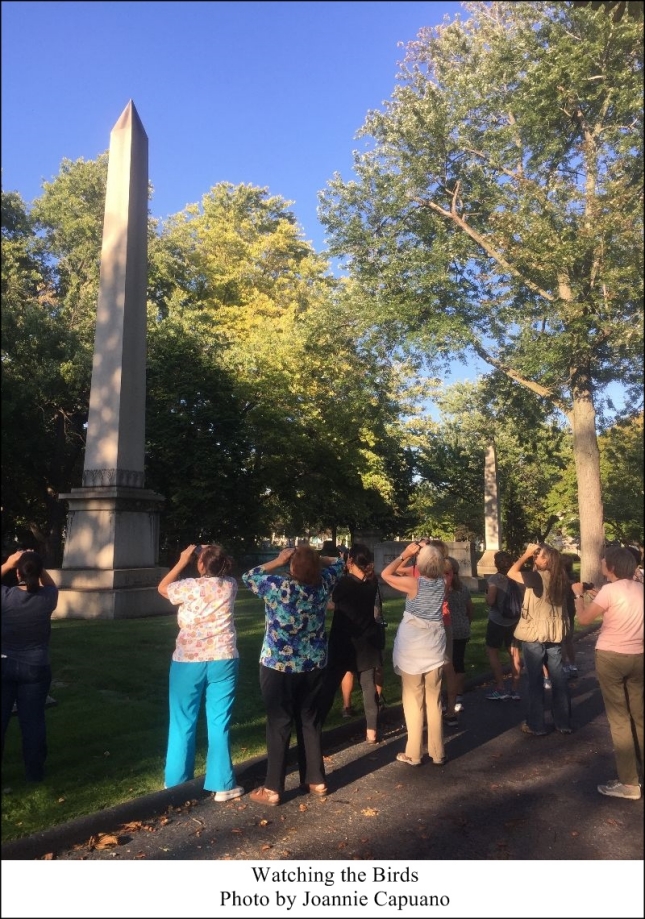
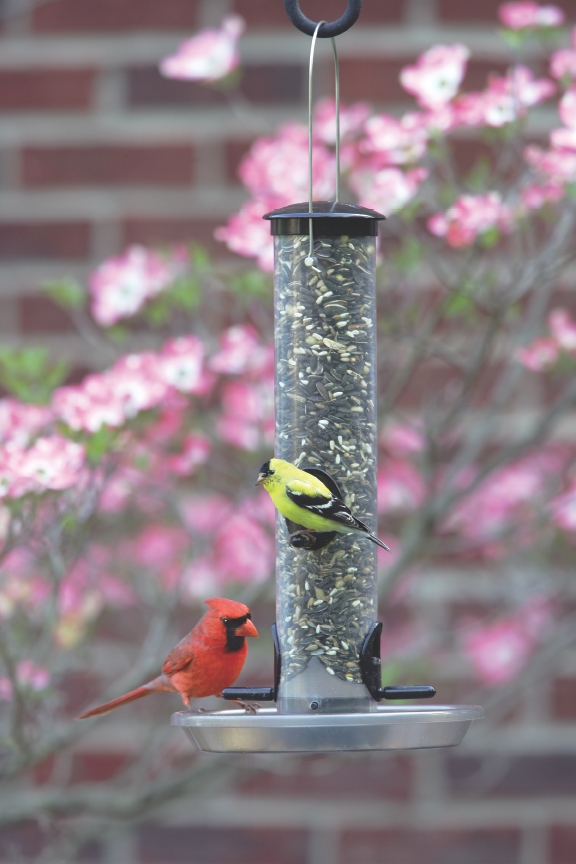
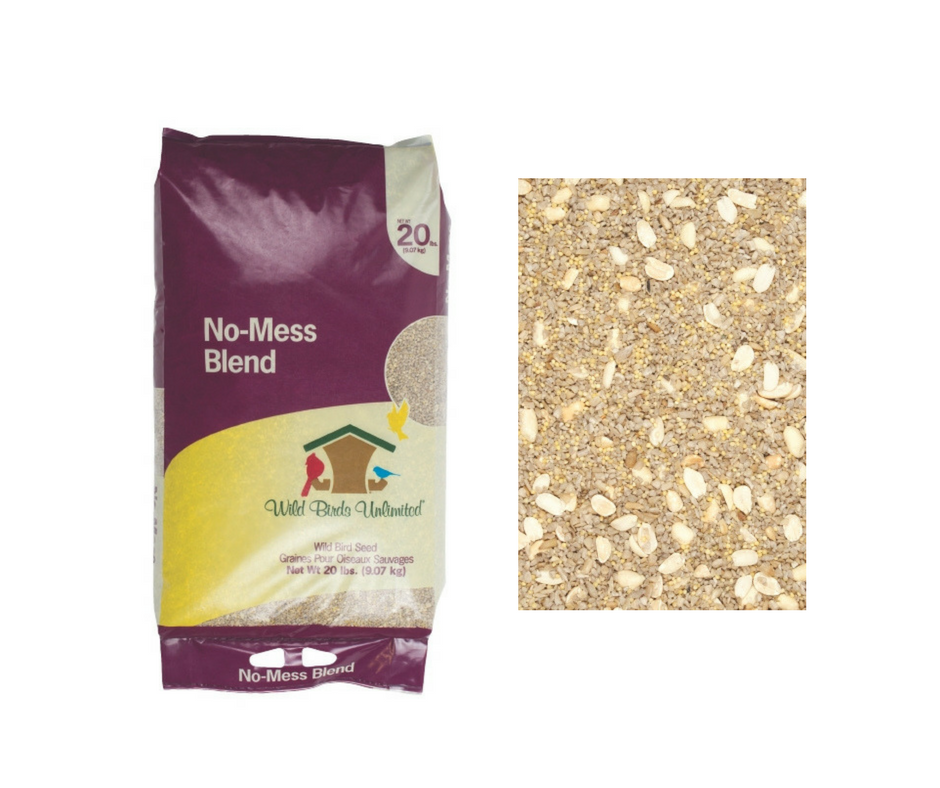 Choosing high-quality seed is the most important factor in crafting your tidy feeding station. The birds toss aside seeds they do not prefer, which leaves a food source for rodents. Check the ingredients within your seed blends and
Choosing high-quality seed is the most important factor in crafting your tidy feeding station. The birds toss aside seeds they do not prefer, which leaves a food source for rodents. Check the ingredients within your seed blends and 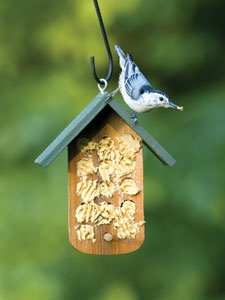

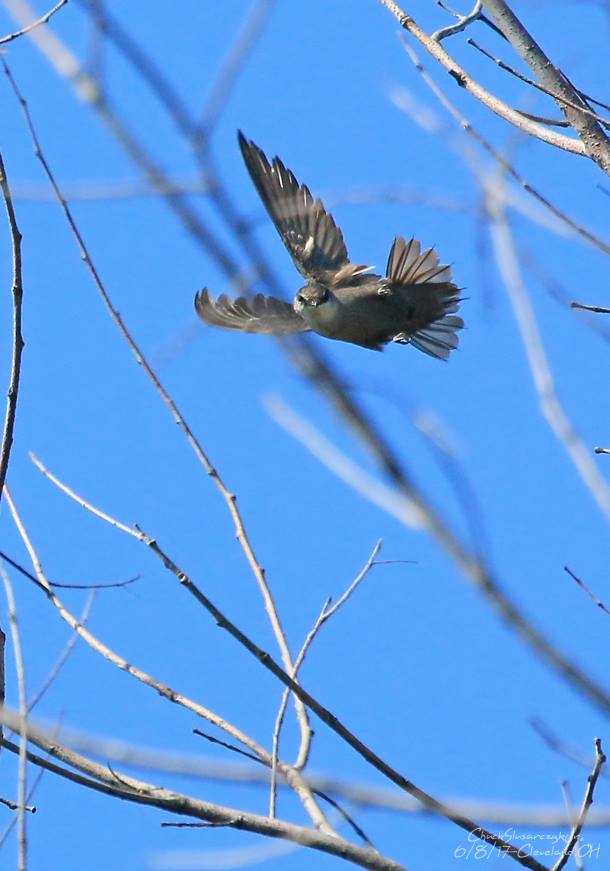 Perhaps one of the happiest sounds in my yard during the warmer months is the chattering of Chimney Swifts as they race by in the sky. Looking like a cigar with sickle-shaped wings, they are usually seen flying in pairs or family groups. (Photo courtesy of Chuck Slusarczyk Jr.)
Perhaps one of the happiest sounds in my yard during the warmer months is the chattering of Chimney Swifts as they race by in the sky. Looking like a cigar with sickle-shaped wings, they are usually seen flying in pairs or family groups. (Photo courtesy of Chuck Slusarczyk Jr.)